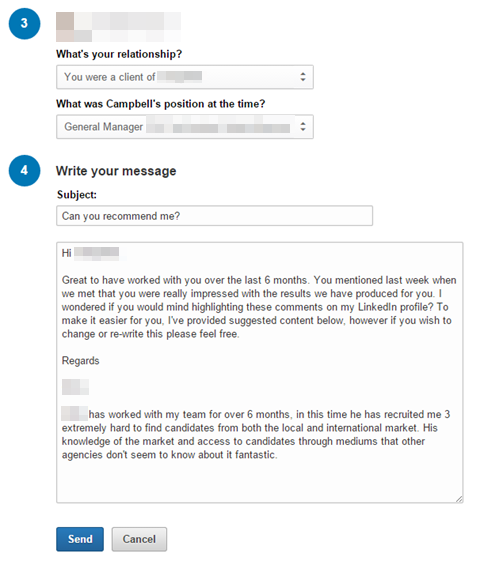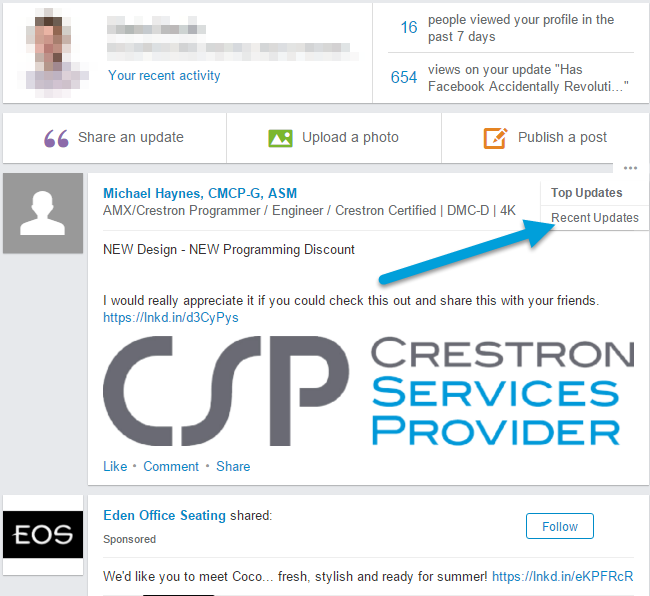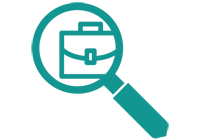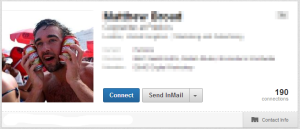Social media has resulted in an environment where consumers expect to be able to find out information about a product or service prior to using or buying it. Examples of this change in expectations are common place:
- Trip Advisor – Would you book a hotel without first reviewing the star ratings?
- Rotten Tomatoes – Would you go to the cinema without checking reviews?
- Zomato – Would you go to a new restaurant without checking reviews?
In our experience employers these days are no different, with many now using social media to check out potential candidates prior to an interview or offer. Whilst you may not have intended your social data to be used for recruitment purposes, once it is in the public domain it is important to be aware that is can be accessed by employers. JobVites’ Social Recruiting Survey shows that 93% of hiring managers will review a candidate’s social profile before making a hiring decision!
Beyond this there is also a hidden jobs network, where people are hired based on their reputation. Traditionally this has been through direct networks, but increasingly people are being approached for opportunities by people they don’t know, purely based on their strong personal brand. Now there is even an industry that helps executives to manage their online reputation, ensuring all negative content is removed/buried and positive content is pushed to the front!
Unknown Negative Branding
We aren’t normally aware of existing negative branding, because unless it is extreme (such as a negative press article) the impact isn’t obvious. However, neutral or unmanaged branding is very likely to prevent you securing your ideal job role. For IT professionals there are three simple exercises we recommend you do to find out, and then manage, what exists about you online.
Search your full name and associated key words, such as your location or profession.
- Do you show up?
- What sites link to you?
- Are they current?
- Are there any potentially negative links?
We don’t recommend restricting public access to your Facebook profile, instead, ensure you are aware of the content that is publically visible, and also prevent people being able to post to your page without your approval.
- Visit your Activity Log via the Privacy Settings and Tools Menu.
- Review the information that is publically visible.
- Decide if there is any content that could be detrimental to your professional brand.
- Then from Timeline and Tagging Settings ensure your settings are switched to “On” to review all posts you are tagged in.
GitHub
We regularly speak to employers who are interested in previewing an applicant’s code. GitHub is one of the most logical places to do this, however if you have old or experimental code lurking on this channel it could negatively affect your chances. To avoid this, simply login to your account and remove anything that you aren’t one hundred percent happy with.
Positive Branding
LinkedIn really established professional online profiles, therefore it is the logical place to begin your personal branding journey.
All-Star status is crucial in order for your profile to be located, instructions can be found here. We recommend you go beyond this, and also do the following:
- Get at least 2 RELEVANT recommendations.
- Belong to 5 industry groups that are relevant to your professions.
- Grow your network to include at least 500 connections.
- Use your profile to provide readers with an insight into your life outside of work, such as volunteer work or hobbies.
Recommendations
Personal branding is 30% what people say about themselves and 70% what others say about them. This is why credible recommendations are so important.
Most people are very time-short, so it is important to make recommending you as easy as possible and ensure you get a recommendation that supports you for the skills that are important.
We recommend contacting your referee in advance of sending a recommendation request through LinkedIn. Then send a message similar this one, where you provide the referee with a template which they can edit to save time.
Being Found
LinkedIn profiles are primarily filtered based on keyword volume, so in order to be found, ensure your profile includes key terms such as your job title, location, key skills and industry. These should be spread through multiple sections of your LinkedIn profile.
Blogging & Personal Websites
Blogging provides a platform for you to establish your personal brand and to highlight the depth of experience in your organisation. This helps you to develop a reputation for thought leadership and credibility in your industry. It is possible to blog on LinkedIn using the Publisher function, but to maximise the visibility of your blog it is also advisable to create a stand-alone blog on WordPress, Blogger or other similar sites.
Sites such as About.me are becoming increasingly popular as people look to take greater control of their brand. Building a stand-alone site or registering your own named domain are great ways to do this. If you don’t have a lot of time, just take ownership of the domain and include a link to take users through to your LinkedIn profile.
Engagement
Social media is defined as social because it generally involves multiple parties engaging with each other. Therefore to get the best results from social media you also need to proactively engage with your community.
Posting Content
Finding and posting relevant content helps to demonstrate to your networks that you are interested and knowledgeable about your industry and also keeps your details front of mind.
Engaging with Others
Posting your own content is only half of social engagement. Interacting with other people and their posts is the other half. The main channels for interaction are LinkedIn and Twitter. On LinkedIn the best two places to interact are your Homefeed and Groups. To find recent content from your immediate network on your Homefeed it is important to re-sort it by Recent Updates or even go to a specific user and look at their individual Recent Activity.
LinkedIn has hundreds of groups, some have good levels of engagement, others are full of spam. Trial five key groups, initially interacting on existing posts but also posting your own content.
Twitter is built for engagement with a constant stream of posts providing lots of opportunities to jump into a conversation.
The best way to do this is to follow users that are in your local or international community and then engage with posts that are of interest to you. Starting out with simply liking or retweeting their posts is perfectly acceptable, but the greatest value comes when you join in the conversation.
To find users search for people you know offline or on LinkedIn and the explore their networks (via Followers and Following) to see who else they are engaging with.
Twitter is also great if you are attending industry events or conferences. This is because it is where most of the networking happens during the events themselves, with everyone talking around one central hashtag.
Tracking Engagement
On LinkedIn you can track the popularity of your profile in contrast to your connections. As you build your brand you should steadily see your rank begin to increase.
Summary
Personal branding isn’t a quick process, but we are regularly seeing many people being hired purely based on their strong brand. These people can often demand higher salaries or contract rates and have the pick of the projects/roles. It should be noted that it is still incredibly important to back up your brand with great work, otherwise you run the risk of becoming a social commentator rather than a valued contributor to the community.
Here at RWA we have invested heavily in building our brand, those of our team (Life at RWA) and also helping others in the industry to boast their brand through our series, Under the Hood. If you would like to give your own brand a boast by featuring in Under the Hood, please feel free to get in touch.


